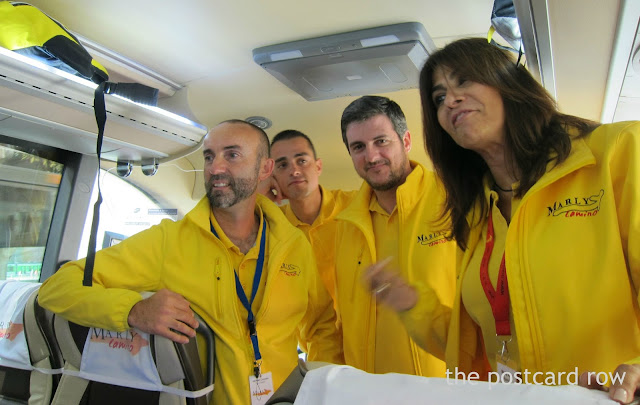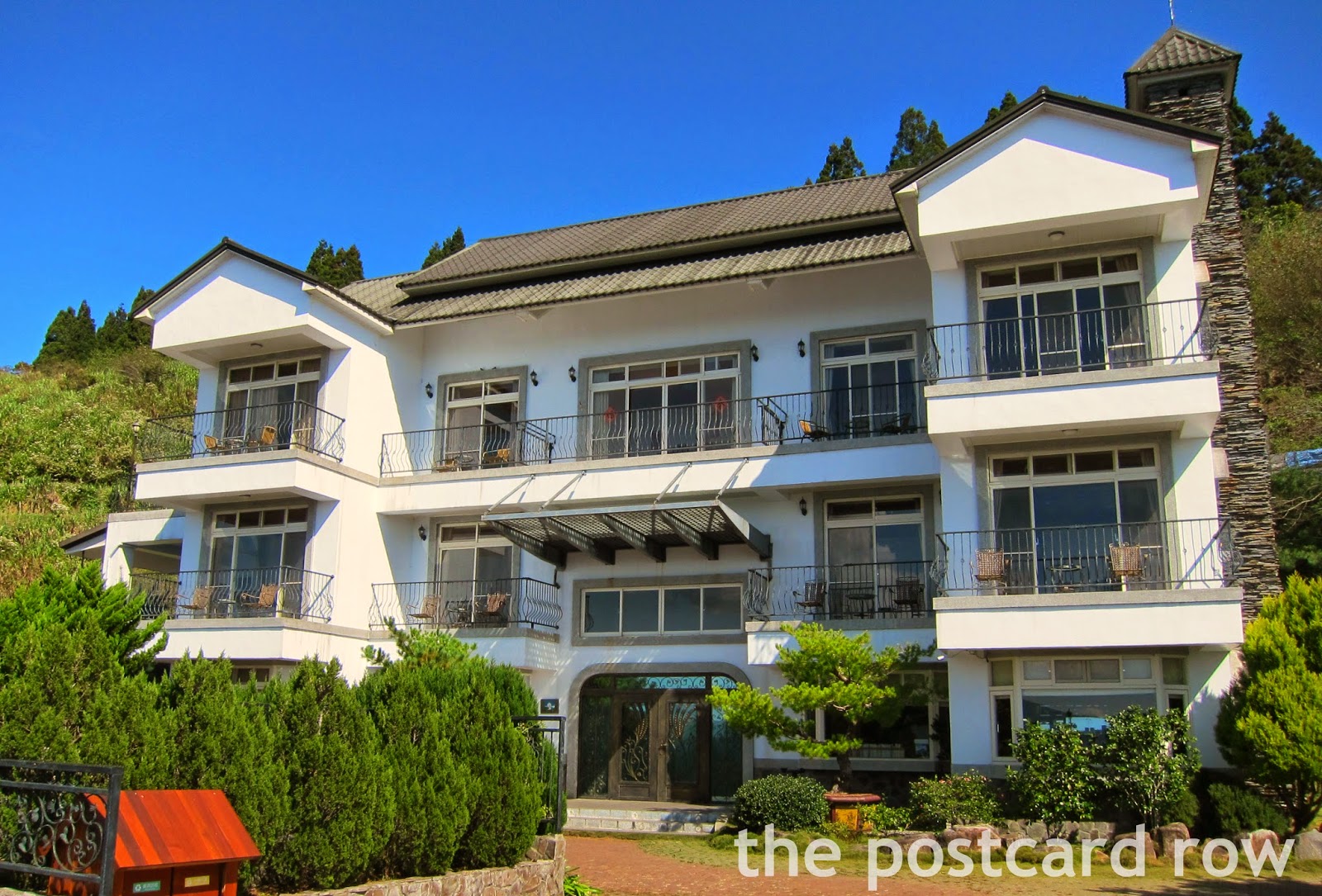Camino Ignaciano: Getaria (Day 1)
Day 1: Bilbao and Getaria
GETARIA (or Guetaria)
Our group arrived in Bilbao, Spain after nearly 24 hours of travel. We were tired, but in good spirits. The Marly Camino guides met us in the Bilbao airport with a warm welcome and tight hugs. I felt very much at home right away.
 |
| Three Gorgeous Men and A Lady From left: The ever-patient German, our dashing driver Antonio, our main guide coincidentally named Ignacio, the ever-bubbly Marly |
GETARIA (or Guetaria)
Our first stop: lunch!!! After picking up the rest of the pilgrims (coming from other countries), we headed off to Getaria. Getaria is a fishing village in the Basque Country. On the map, it looked like a tiny peninsula. Our guide Ignacio said that it was so small, it only had three streets! No way you could get lost here! It had a beautiful harbor where you could see the waves crashing towards land. The village itself was quaint with narrow cobblestone streets and charming specialty shops.
 |
| The Church of San Salvador at the end of the cobblestone path |
The first thing which greeted us as we stepped off the bus was the statue of Juan Sebastian Elcano, who was born in Getaria. I thought, who was he?!?! Apparently, Elcano was the one who traveled with Ferdinand Magellan to circumnavigate the globe in the 16th century. Of course, Magellan never made it, as he was killed in the Philippines. (Take that, you conquistadores! Hahaha!) But Elcano was the one who completed the trip and became the first person to circumnavigate the world. Interesting!
But we were there to have pintxos! Pintxos were similar to tapas, being small bite-sized snacks, often with bread and skewers. Our guide warned us that they looked deceivingly small, but were in fact very filling. Two or three would be enough to make us full. But he underestimated our Filipino appetites! The pintxos were pretty good, we each had about four to five pieces, all washed down with wine, before we were willing to move to the next bar.
 |
| What was left of the Pintxos selection after the first round... Politena was the name of the bar where we had these delicious pintxos! |
At the end of the street, we also found the Church of San Salvador. It was my first time to be inside a Spanish church and I was amazed at the grandeur of it all. The old wooden pews belied its age, but its stone walls and the Gothic structure really fascinated me. (Ok, so I had to look up what Gothic architecture was known for. Hehehe! The main characteristics are the pointed arch, the ribbed vaults and the flying buttress.)



Comments
Post a Comment